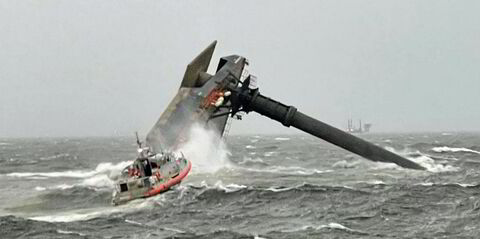Stolt Tankers chief commercial officer Bjarke Nissen believes chemical carrier supply and demand is well balanced as rates maintain record levels.
He told a capital markets day in London that parent Stolt-Nielsen began tracking chemical cargo demand in 1983.
There has been a continuing upward trend since then, punctuated only slightly by big shocks such as the financial crash and the pandemic, Nissen explained.
“The challenge in our industry has always been around supply,” he said.
He described the chemical tanker orderbook as “moderate” at around 11%.
The company calculates that in 2027, 14% of the global fleet will be over 25 years of age and 31% over 20 years.
Stolt Tankers is assuming that many ships will now be kept operational until they are 28 instead of 25.
“Now, at today’s earnings, no one’s going to scrap unless they actually have to. But it is noteworthy that if scrapping was to take place at 25 as is normal, we would actually encounter negative fleet growth,” he said.
Although the company does not expect to see that, Nissen argued that a “significant” chunk of the global fleet can now be “easily retired” if necessary, due to ships being “fully appreciated” financially in strong markets.
“For the first time the industry has a buffer for the fleet,” he said.
The threat of clean MR tankers muscling in on the chemical trade has also receded, due to historically strong earnings in their own markets, Nissen added.




